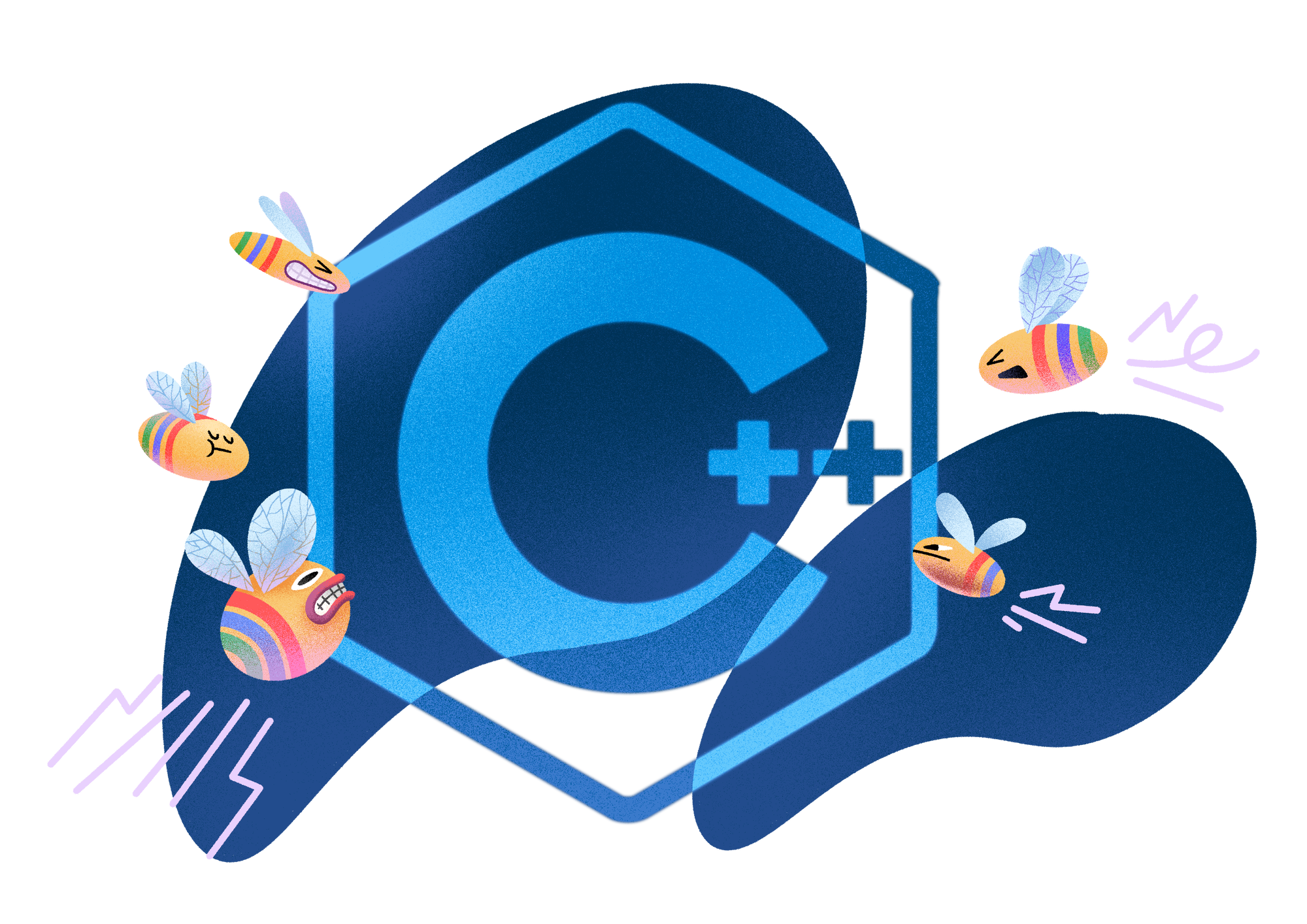

Unraveling the Mysteries of C++ Call Stack Analysis with BugSplat
BugSplat Team
The team behind the crash and error reporting tool BugSplat.
Introduction
When you're knee-deep in C++ code, wrestling with the intricacies of memory management and low-level system calls, the last thing you want to deal with is spending hours on crash analysis. Enter BugSplat, a powerhouse for automated crash reporting and analysis, equipped to dissect your call stacks and spill their secrets right onto your dashboard.
What is BugSplat?
BugSplat is more than just a crash reporting tool. Think of it as your go-to forensic lab for crash scene investigations. Specializing in multiple languages and platforms, BugSplat first integration back in the day was for C++. When the application inevitably crashes (because, let's face it, no code is perfect), BugSplat seizes essential data like the call stack and dispatches it to a central server for your perusal.
Setting Up BugSplat in a C++ Project
Streamlined integration is the first step to getting the best out of BugSplat. Here's how you go about it:
- Initial Setup: Unpack the BugSplat Software Development Kit tailored for Microsoft Visual C++. Take a spin with the sample application to get the lay of the land.
- Code-Level Integration: Insert BugSplat's header (BugSplat.h) into your C++ files. Instantiate a
MiniDmpSenderobject. You'll need to pass in your BugSplat database, app name, and version, among other parameters. - Build Configurations: Wire your project to link against
BugSplat.lib. Tweak your build configurations to generate the required symbol files, and don't forget to include the BugSplat binaries in your installer package. - Test Flights: Trigger a crash. Check if the BugSplat dialog makes an appearance and reports get submitted. Then verify your uploaded symbols; they're your key to rich crash analytics.
Feel like diving deeper? Check out our exhaustive guide on BugSplat Crash Reporting for C++.
Dissecting Call Stacks in BugSplat
Once you experience a crash, it's back to the BugSplat dashboard:
Pick a Crash Report: Head over to the Crashes tab and make your selection.
Call Stack Analysis: Go straight to the Active Thread section. You'll encounter a structured rundown of function calls that paved the road to the crash, each one tagged with file names and line numbers.
Sample Crash from Crash Group: Want a broader view? The Summary page groups crashes by their common defect. Select your crash group of interest and then a sample crash for a closer look.
Why This Matters
Speedy Diagnostics: Navigate directly to the code in question, without any hide-and-seek games, thanks to BugSplat's meticulous call stack capture.
Historical Context: BugSplat archives all crash data, affording you the luxury of time-travel to analyze recurring defects.
Team Collaboration: Having the entire team on the same page—literally viewing the same crashes—expedites issue resolutions 10 fold.
User Experience: Imagine the loyalty you'd gain by delivering an application that hardly ever crashes. That's the BugSplat endgame.
Conclusion
Crash reporting is pivotal, but call stack analysis is the linchpin that holds your C++ application's quality assurance together. BugSplat is an invaluable asset in this domain, transforming crash reports into actionable insights. Faster debugging, better collaboration, and ultimately, a more reliable application—what's not to like?
Ready to streamline your debugging workflow? Get started with BugSplat for free here.

Subscribe to our newsletter
Get the latest posts and updates delivered directly to your inbox.
